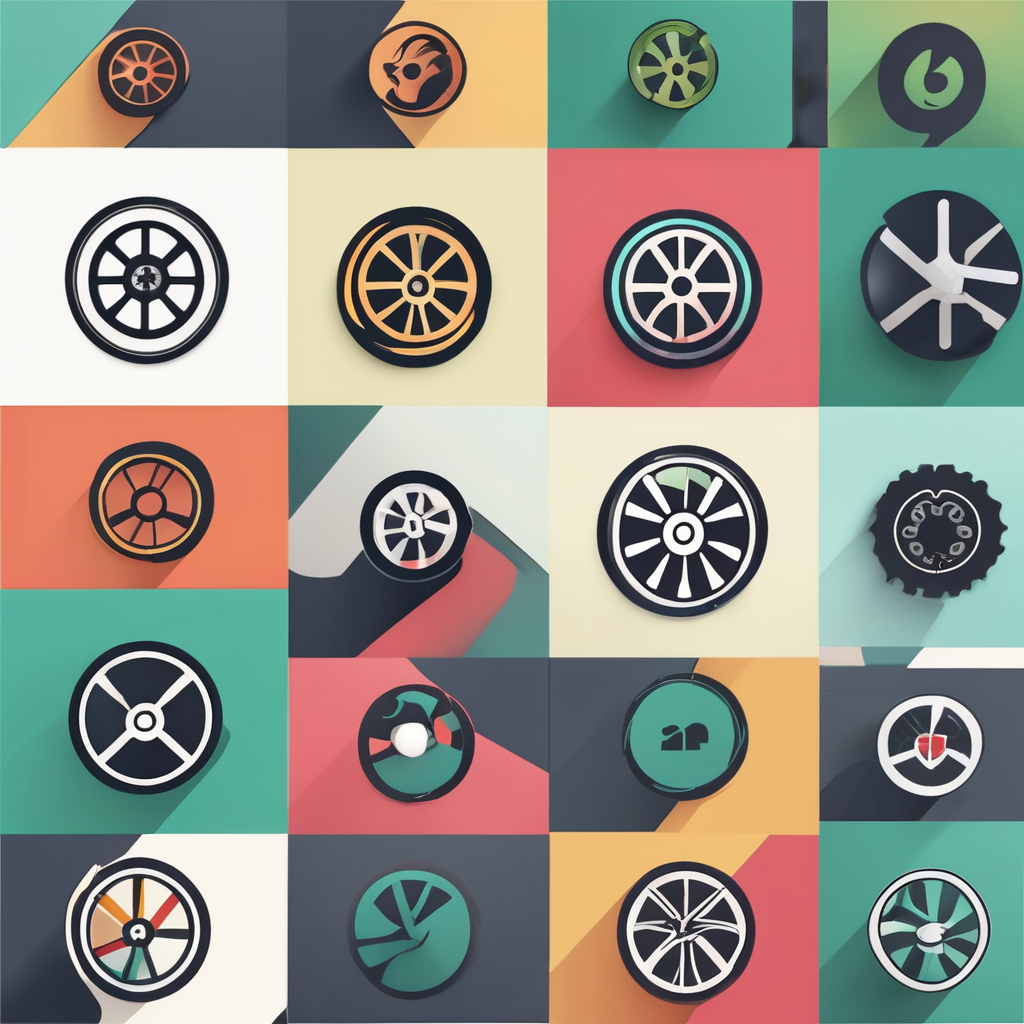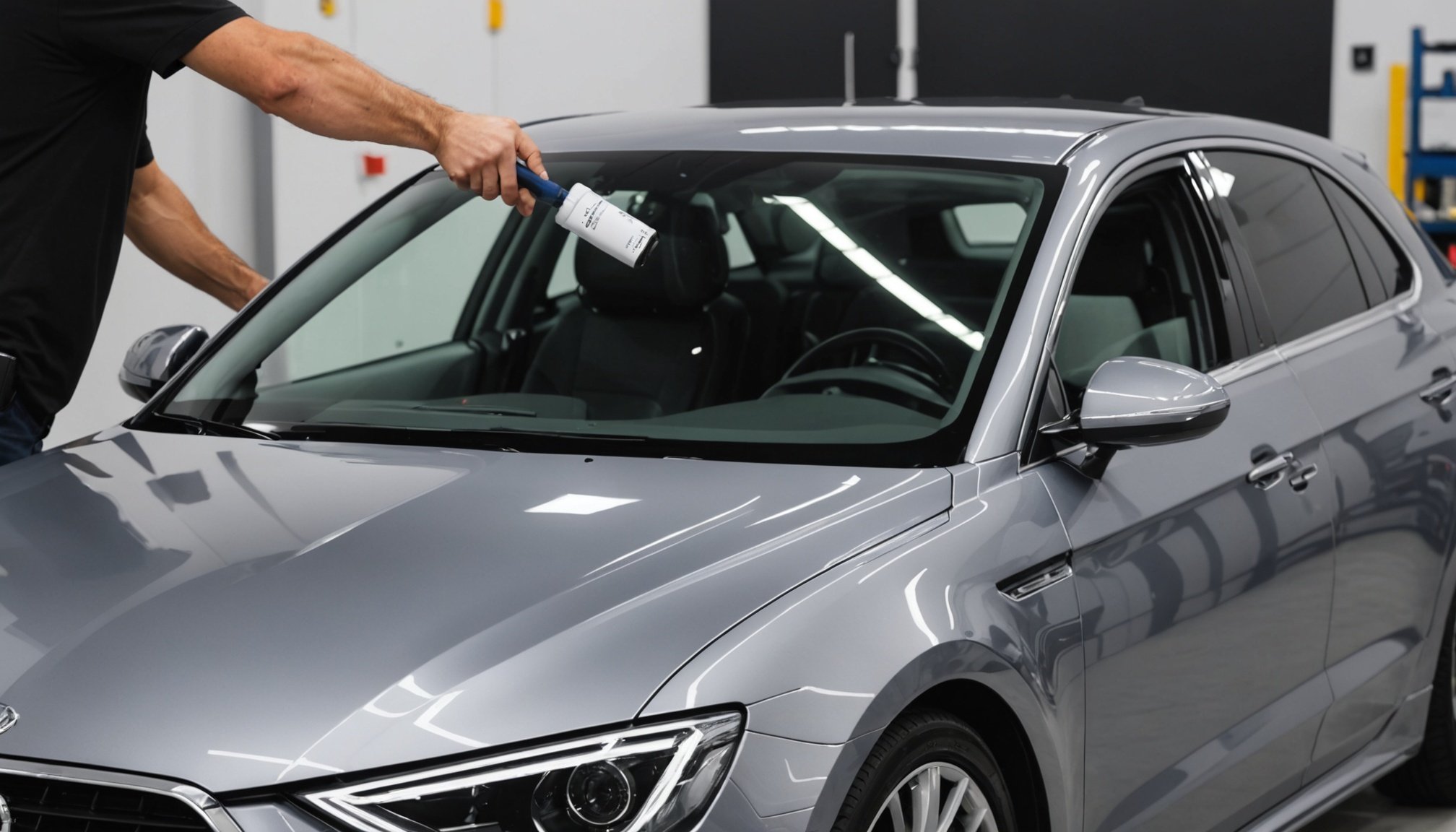In the world of automotive care, protecting your vehicle’s paint is essential for maintaining its appearance and value. One of the most effective methods to achieve this is through the use of ceramic coatings. These advanced coatings provide a durable layer of protection that can significantly enhance your car’s exterior. In this article, we will explore how you can effectively use UK vehicle ceramic coatings to ensure your vehicle remains in pristine condition for many years to come.
Understanding Ceramic Coatings
Before diving into the application process, it’s crucial to understand what ceramic coatings are and how they function. Unlike traditional wax products that sit on the surface of the paint, ceramic coatings chemically bond with the vehicle’s surface, creating a long-lasting protective layer. This bond forms a robust shield against various elements, including dirt, UV rays, and scratches.
Also read : Why is it important to use UK vehicle glass cleaner specifically designed for automotive use?
In the UK, where weather conditions can be unpredictable, having a coating that withstands rain, sun, and harsh temperatures is vital. The benefits of using ceramic coatings are numerous:
- Durability: Once applied, ceramic coatings can last for several years, significantly longer than conventional wax products.
- Hydrophobic Properties: This means water beads off the surface, making it easier to wash and maintain.
- Enhanced Shine: The application of ceramic coatings results in a glossy finish that enhances the vehicle’s overall appearance.
- Resistance to Contaminants: Such coatings repel dirt, grime, and even some chemical stains, maintaining the smoothness of the surface.
Overall, ceramic coatings are a game-changer for car enthusiasts and everyday drivers alike. Understanding their properties allows you to appreciate the investment you are making in your vehicle’s future.
This might interest you : Mastering Oil Pressure: A Comprehensive Guide to Measuring and Adjusting in British Classic Cars
Choosing the Right Product
Selecting the right ceramic coating product is crucial for achieving the best results. The market offers various options, each with different formulations and intended uses. Here are some key factors to consider when choosing your coating:
-
Brand Reputation: Research products from credible brands known for their quality and effectiveness. Customer reviews and professional testimonials can help guide your decision.
-
Durability and Longevity: Look for products that explicitly state how long they last. Some coatings offer guarantees of four to five years, while others may last even longer.
-
Ease of Application: If you are planning a DIY application, choose a product that provides clear instructions and is user-friendly. Some coatings require professional application, while others are designed for personal use.
-
Cost and Value: While opting for the cheapest option may be tempting, consider the long-term value. A higher upfront cost may translate into better protection and fewer maintenance costs over time.
-
Specific Features: Some ceramic coatings come with additional features, such as self-healing properties or enhanced UV protection. Determine which features are most important for your vehicle’s needs.
By taking the time to choose the right product, you can maximize the protection and longevity of your ceramic coating.
Preparation Before Application
Proper preparation is key to ensuring the success of your ceramic coating application. Before applying any coating, you should thoroughly prepare your vehicle’s surface. This preparation involves several critical steps:
-
Wash: Start with a complete wash of your vehicle using a high-quality car shampoo. This removes dirt, grime, and any previous wax layers that may hinder the bonding process.
-
Decontaminate: After washing, use a clay bar to remove embedded contaminants that your wash may not have eliminated. This step is essential for achieving a smooth surface.
-
Paint Correction: Inspect your vehicle for scratches and swirl marks. If you find any, consider performing a paint correction process, either by using polishing compounds or by hiring a professional. This step ensures that your vehicle’s surface is flawless before applying the ceramic coating.
-
Panel Wipe: Use an isopropyl alcohol (IPA) solution or a dedicated panel wipe product to clean the surface once more. This step removes oils and residues left from polishing, ensuring a clean canvas for the ceramic coating.
By following these steps diligently, you not only prepare your vehicle for optimal bonding but also enhance the overall appearance of your car, setting the stage for a long-lasting shine.
Applying Ceramic Coatings
Once your vehicle is adequately prepared, you can proceed with the application of your chosen ceramic coating. Here’s a step-by-step guide on how to effectively apply the product:
-
Work in a Controlled Environment: Ideally, apply the coating indoors or in a shaded area to avoid direct sunlight and temperature extremes, which can affect the curing process.
-
Follow Manufacturer Instructions: Each product may have specific application guidelines, so be sure to read and follow these instructions closely.
-
Use Proper Tools: Equip yourself with the necessary tools, such as microfiber applicators and towels. These will help you distribute the coating evenly across the vehicle’s surface.
-
Apply Evenly: Start with one panel at a time. Apply the ceramic coating in straight lines, ensuring even coverage. Avoid applying too much product at once, as this can lead to uneven areas.
-
Curing Time: After applying the coating, allow it to cure for the time specified by the manufacturer. Avoid washing or exposing the vehicle to moisture during this period.
-
Final Inspection: Once the curing time has passed, inspect your vehicle for any missed spots or uneven areas. If necessary, apply another layer for added protection.
By carefully following these steps, you will ensure that your ceramic coating adheres well and provides the maximum level of protection for your vehicle.
Maintaining Your Coated Vehicle
After applying your ceramic coating, the next crucial step is maintenance. Proper care will extend the life of the coating and keep your vehicle looking its best for years. Here are some maintenance tips to consider:
-
Regular Washing: Wash your vehicle regularly to remove contaminants. Use a pH-neutral soap specifically designed for cars to avoid degrading the coating.
-
Avoid Automatic Car Washes: Instead, hand wash your vehicle to minimize the risk of scratches from brushes and harsh chemicals found in many automated systems.
-
Use Dedicated Products: If you need to use a quick-detailing spray, make sure it’s compatible with ceramic coatings. Using regular wax or sealants can interfere with the coating’s properties.
-
Inspect Regularly: Periodically inspect your vehicle for any signs of degradation or damage to the coating. If you notice areas where the protection is compromised, consider reapplying the product.
-
Avoid Harsh Conditions: Whenever possible, park your vehicle under cover to protect it from extreme weather conditions. This will help maintain the integrity of the coating.
By adhering to these maintenance practices, you can ensure that your vehicle’s ceramic coating continues to provide optimal protection and shine for many years.
In summary, using UK vehicle ceramic coatings effectively requires a clear understanding of the products, thorough preparation, proper application, and diligent maintenance. By investing time and effort into these areas, you can significantly enhance the durability and appearance of your vehicle. Your vehicle deserves the best protection, and with the right ceramic coating, you can achieve a long-lasting shine that stands up to the rigors of daily use. Remember, a well-protected vehicle not only looks great but also retains its value, making your investment worthwhile.











